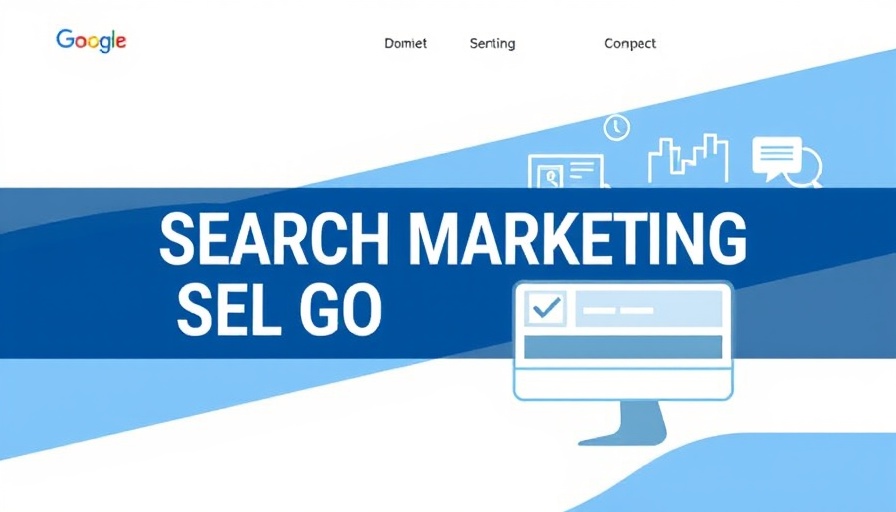
Understanding the Search Demand Lifecycle: Why Search Volume is Misleading
In the ever-evolving domain of digital marketing, chasing high search volume keywords can lead marketers astray. Many early-stage SEOs assume that a keyword boasting a hefty search volume automatically translates to a ripe opportunity. But consider this—search volume alone is a poor indicator of potential long-term success. Picture investing in MySpace stock today with the allure of 50,000 monthly searches but a trajectory set for decline. Can you hear the echoes of lost opportunity? Keywords exist in a dynamic lifecycle that traverses through distinct phases, and without understanding where a keyword lies in this lifecycle, you’re indeed flying blind.
Decoding the 7 Phases of the Keyword Lifecycle
From introduction to extinction, recognizing these phases can unlock a treasure trove of opportunities for savvy online marketers. Here they are:
- Intro Stage: Early interest without mainstream traction.
- Surge & Peak: Explosive growth and peak visibility.
- Sustained Growth: Long-term momentum established.
- Plateau: Demand stabilizes as growth levels off.
- Resurgence/Seasonality: Cyclical or unexpected demand spikes.
- Decline: A gradual loss of interest.
- Niche Survival or Extinction: Either a tiny demand persists or the keyword vanishes.
Grasping these phases is essential. As the tides of interest ebb and flow, your ability to spot emerging opportunities before competitors might spell the difference between leading the pack and getting left behind.
Actionable Insights at Each Phase: From Intro to Extinction
As each keyword transitions through its lifecycle, different strategies may apply. Let's look at each phase in-depth.
1. The Intro Stage: Spotting Emerging Trends Early
During this early phase, keywords often see low search volumes. However, early adopters signal potential future growth. Here, the key lies in noticing industry signals—product launches, fresh funding rounds, or expert chatter that suggests a shift in demand.
2. Capitalizing on the Surge & Peak
Once a keyword hits this peak, the excitement is palpable. However, remember that peaks don’t always guarantee sustained growth. A spike driven by social media or trending news can fade just as swiftly. Understanding the difference between sustainable and fleeting interest is vital.
3. Sustained Growth: Maintaining Momentum
Keywords in this phase have proven their worth with consistent demand. Here, it's essential to continue nurturing engagement through valuable content and optimized strategies as market dynamics shift.
4. Navigating the Plateau
The plateau represents stability but doesn’t imply stagnation. Strategies should focus on reinforcing brand presence to maintain audience interest and manage fluctuations in search behavior.
5. Riding the Resurgence Waves
This phase can be cyclical, meaning that some keywords can resurge in demand due to seasonality or renewed interest. Preparing to pivot strategies to capitalize on this upcoming surge can be your key competitive advantage.
6. Recognizing the Decline Phase
Just as interest can surge, it can also wane. Recognizing the early signs of decline allows marketers the flexibility to either shift focus to newer trends or find ways to rejuvenate interest in declining topics.
7. Facing Niche Survival or Extinction
When a keyword enters this final stage, marketers are often faced with a decision: Does it serve enough sustained demand to warrant continued investment? The analysis will guide whether to let go or adapt strategies to maintain relevance.
The Future of Search Demand: Industry Trends and Predictions
Looking ahead, it’s crucial for marketers to keep an eye on how AI and emerging technologies will reshape keyword life cycles. The incorporation of AI-driven insights can enhance understanding and adaptability within these phases, enabling more effective SEO strategies. As the digital landscape continues to evolve, so too will your approach to search demand.
Conclusion: Shaping Your SEO Strategy with Search Demand Insight
The evolving landscape of the internet means that savvy marketers must engage with the search demand lifecycle and its implications actively. By focusing on emerging opportunities and being mindful of the shifts in keyword trends, you can position yourself ahead of the competition. Ignore the noise, look beyond mere search volume, and harness the full potential of the search demand lifecycle for your strategy today!
 Add Row
Add Row  Add
Add 




Write A Comment